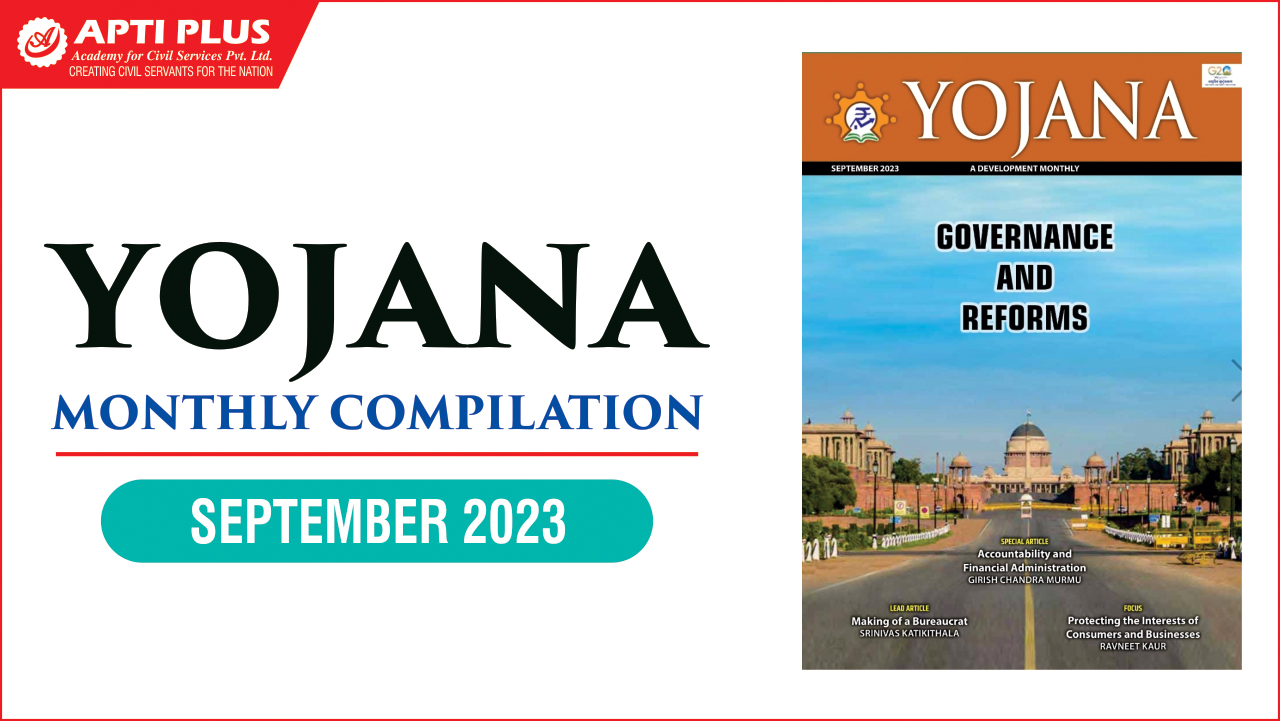Description
.png)
Copyright infringement not intended
Picture Courtesy: www.pmgovtscheme.com
Context: The Automated Permanent Academic Account Registry (APAAR), also known as One Nation, One Student ID, is a pioneering initiative undertaken by the Union Ministry of Education.
Automated Permanent Academic Account Registry (APAAR)
- It is a unique identification system introduced by the Union Education Ministry. It is often referred to as 'One Nation, One ID' and is part of the Education Ecosystem Registry, also known as EduLocker.
- The purpose of APAAR is to create a lifelong identification number for students, allowing seamless tracking of their academic progress and achievements from pre-primary education to higher education levels

Objectives of APAAR
- It aims to assign a 12-digit unique identification number to every student in India, starting from pre-primary education up to higher education levels.
- The system is designed to link this unique APAAR ID with the student's Aadhaar number, ensuring accurate identification and reducing the chances of duplication.
- It intends to create a comprehensive, centralized database that tracks a student's academic progress throughout their educational journey, providing a unified record system from early education to higher studies.
Functionality and Features
- One of the key features is its ability to streamline the admission process. When students transfer between institutions, they can provide their APAAR ID instead of physically transferring academic records, making the transition process smoother and more efficient.
- It eliminates the need for students to maintain and carry multiple physical copies of their academic records. All records are stored electronically, reducing paperwork for both students and educational institutions.
- By providing a single view of a student’s academic progress, APAAR promotes transparency. Students can access their records, including grades, attendance, and achievements, enabling them to identify areas for improvement and take proactive steps to address learning gaps.
- Its standardized record-keeping system facilitates student mobility. Students can move across institutions and regions without concerns about variations in record-keeping methods, ensuring uninterrupted education.
Benefits for Students
- It simplifies the transfer process between institutions, ensuring that academic records are readily accessible, reducing admission-related hassles for students.
- Students no longer need to worry about losing or damaging physical documents; their academic history is securely stored online, accessible whenever needed.
- With transparent access to their academic data, students can identify weak points in their studies, enabling them to focus on areas that need improvement, leading to more personalized and effective learning experiences.
Benefits for Educational Institutions
- APAAR automates many administrative tasks such as verifying student transcripts and issuing certificates, reducing the burden on educational institutions’ administrative staff.
- By being the central repository for student data, APAAR minimizes errors and discrepancies in student records, ensuring the accuracy and reliability of the information institutions use for decision-making.
- Educational institutions can leverage the data stored in APAAR for research purposes, studying student progress patterns, and developing strategies to enhance the overall educational experience.
Benefits for the Government
- Real-time data provided by APAAR enables the government to make data-driven decisions in educational planning and policy formulation. Trends and gaps can be identified promptly, allowing for timely interventions.
- By identifying students from marginalized backgrounds or regions with specific needs, the government can tailor educational support programs, promoting equal access and bridging gaps in education.
- It ensures strong privacy measures. Students have control over who accesses their academic data, addressing privacy concerns and ensuring the security of sensitive information.

Conclusion
- APAAR, as part of the National Education Policy and the efforts of the Ministry of Education, brings a digital revolution to India's education system. By providing students with a lifelong digital ID and simplifying administrative tasks for educational institutions, APAAR fosters efficiency, transparency, and equal access to educational opportunities. This initiative aligns with the vision of a modern, technology-driven educational ecosystem in India.
|
PRACTICE QUESTION
Q. What are the key challenges faced by the education system in India, and what strategies or reforms could be implemented to address these challenges and enhance the quality of education for students across the country?
|




.png)
.png)




